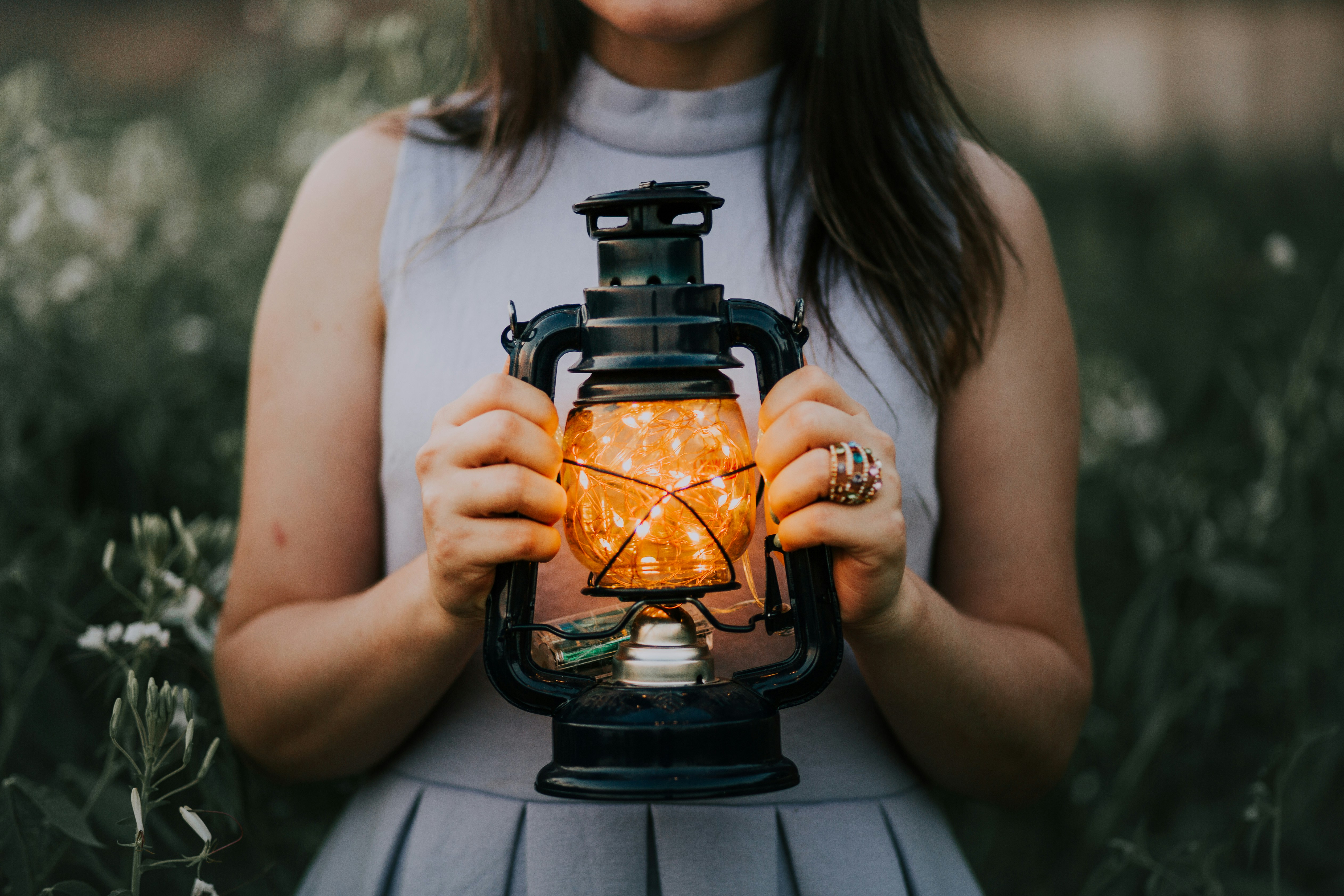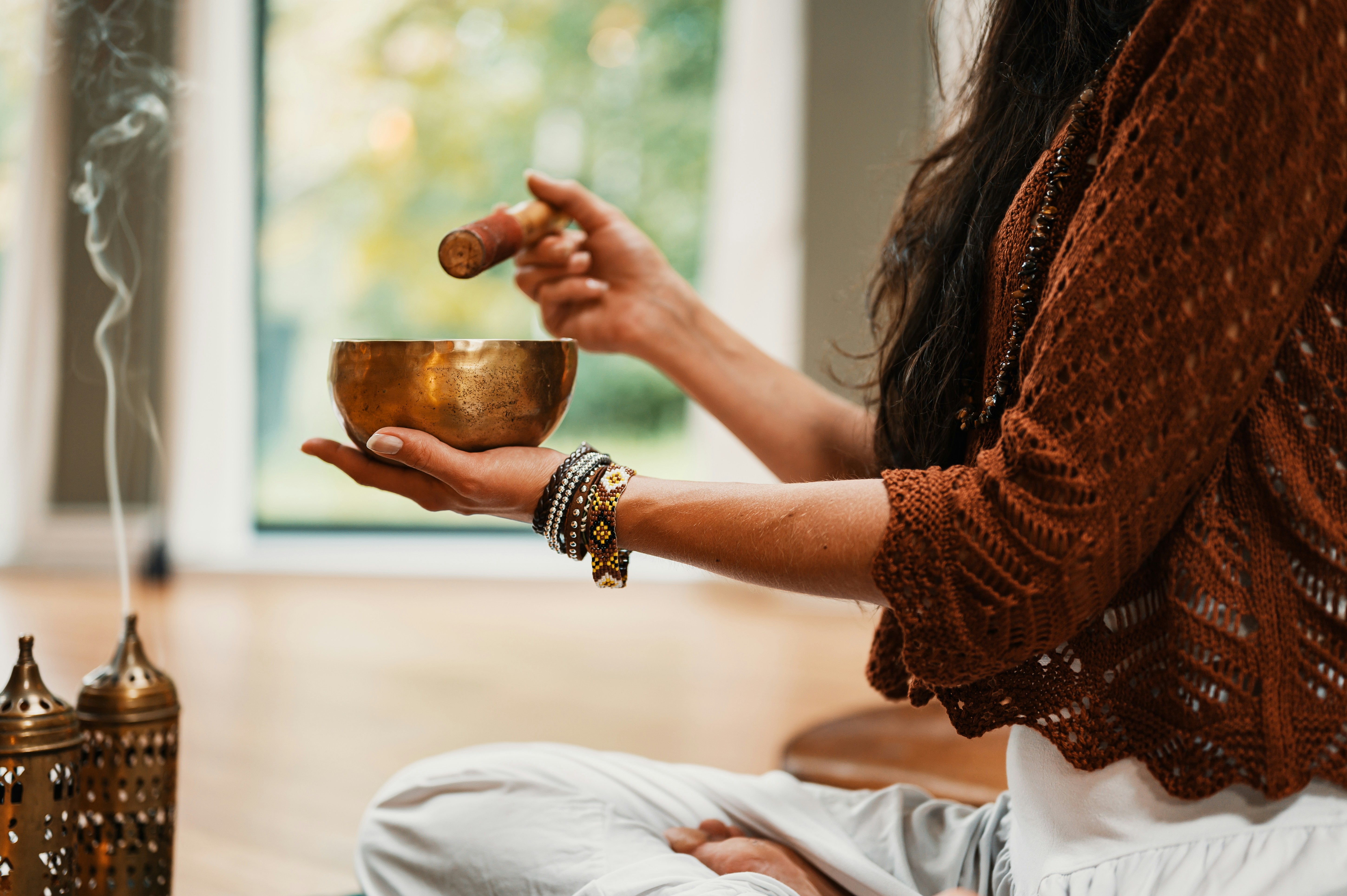Turn Blue Light Into a Health Ally, Not an Enemy
Can blue light be manipulated to our advantage for enhanced health and well-being, rather than just being the villain that disrupts our sleep? Let's dive in!
The Tenure of Blue Light in Human History
At the dawn of humanity, our ancestors were tied to the rhythms of the sun, experiencing daylight’s complete spectrum of light. The influence of blue light in our lives started off as understated; it separates from the morning sun, signaling the beginning of a new day to our internal biological systems.
However, as society evolved, artificial lighting erased the boundaries between dawn and dusk. Glued to screens, we now experience constant exposure to artificial blue light, which alters our biological clocks and threatens our well-being.
The Duality of Blue Light
Blue light governs our sleep-wake cycle, also known as the circadian rhythm, making it crucial for healthy sleep. Exposure to natural blue light during the day boosts alertness, mood, and cognitive performance.
However, artificial blue light from screens and indoor lighting is accused of triggering health problems ranging from eye strain and sleep disruption to potential exacerbation of mental health issues.
Gifts and Curses of the Blue: Science-backed Insights
Circadian rhythm disruption from excessive nighttime blue light can put us at risk for obesity, diabetes, cardiovascular disease, and even cancer, according to recent research. Alternatively, when harnessed correctly, blue light can be employed therapeutically to handle conditions like seasonal affective disorder (SAD) and insomnia.
Software and gadget industries are tapping into these insights, fashioning technologies that regulate blue light exposure to maximize health benefits. Blue light filtering apps and screen protectors seek to lessen our exposure at night, while some wearable devices use blue light to boost alertness during the day.
## Health Empowerment Through Blue Light Management:
-
Sculpt an environment that follows natural light-dark cycles. Use dim, warm lights at night, and expose yourself to ample natural light during the day.
-
Limit screen time two hours before bed. If this isn’t feasible, use blue light filtering technologies.
-
Pay attention to eye comfort. If digital screens cause strain after prolonged use, reduce brightness settings or use an anti-glare screen protector.
-
Use blue light in the morning to help maintain a consistent sleep-wake cycle, especially if you struggle with sleep disorders or jet lag.
In concluding, blue light isn’t the villain we’ve made it out to be. Like most aspects of life, it’s about balance. By understanding the ways in which blue light affects our health and regulating our exposure, we can turn this so-called enemy into a powerful ally for improved wellness. After all, blue light, when used right, promises to boost our health in more ways than one.





